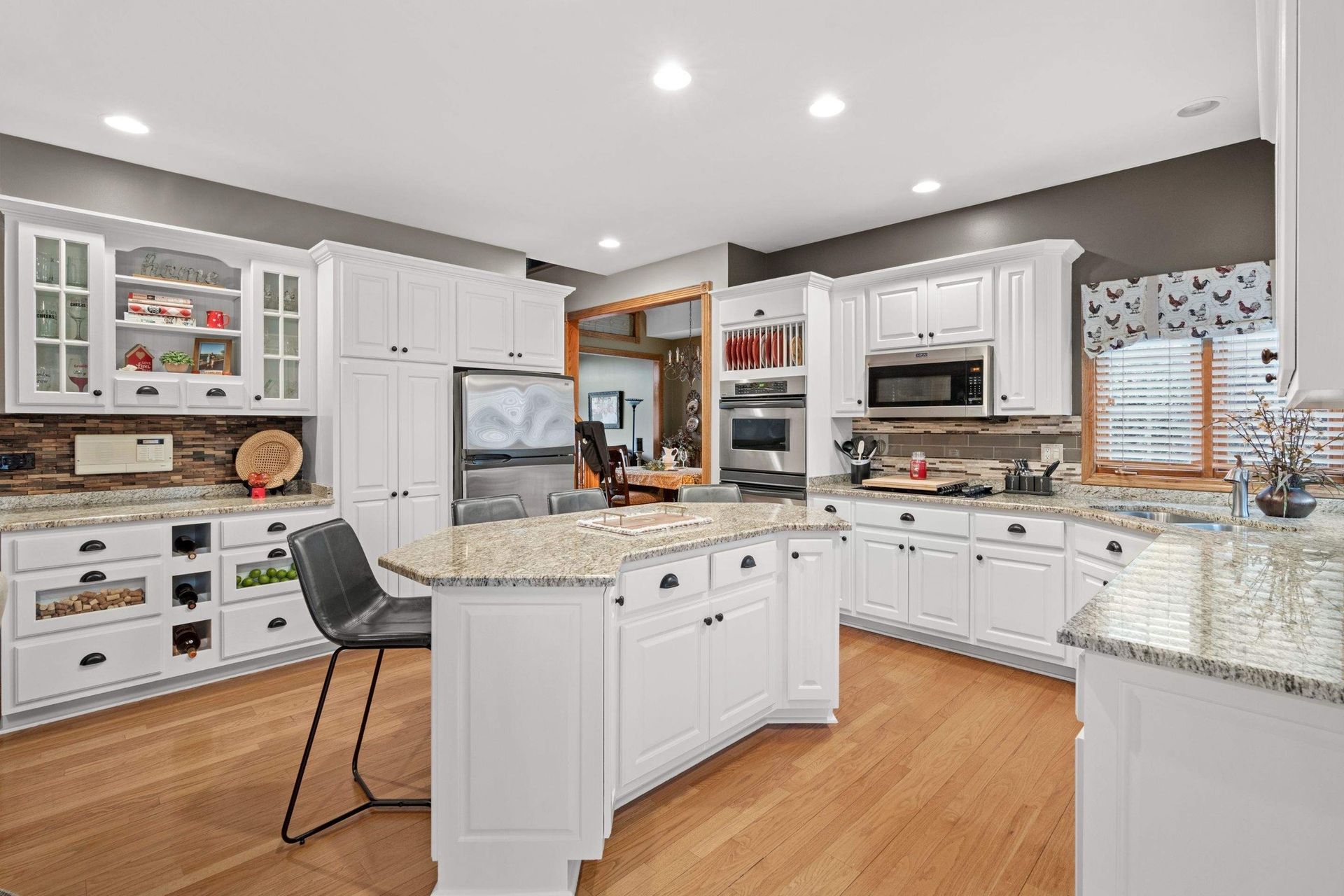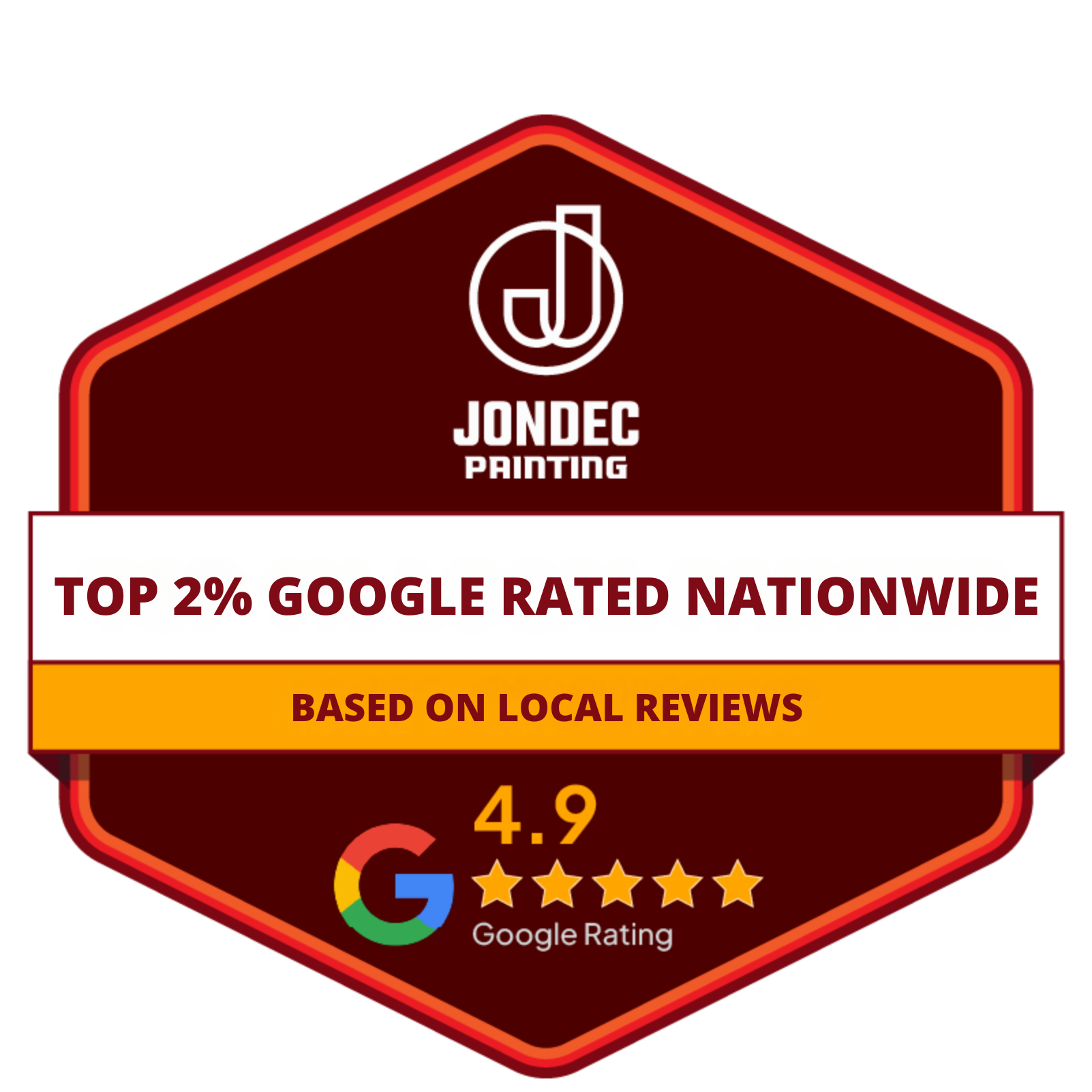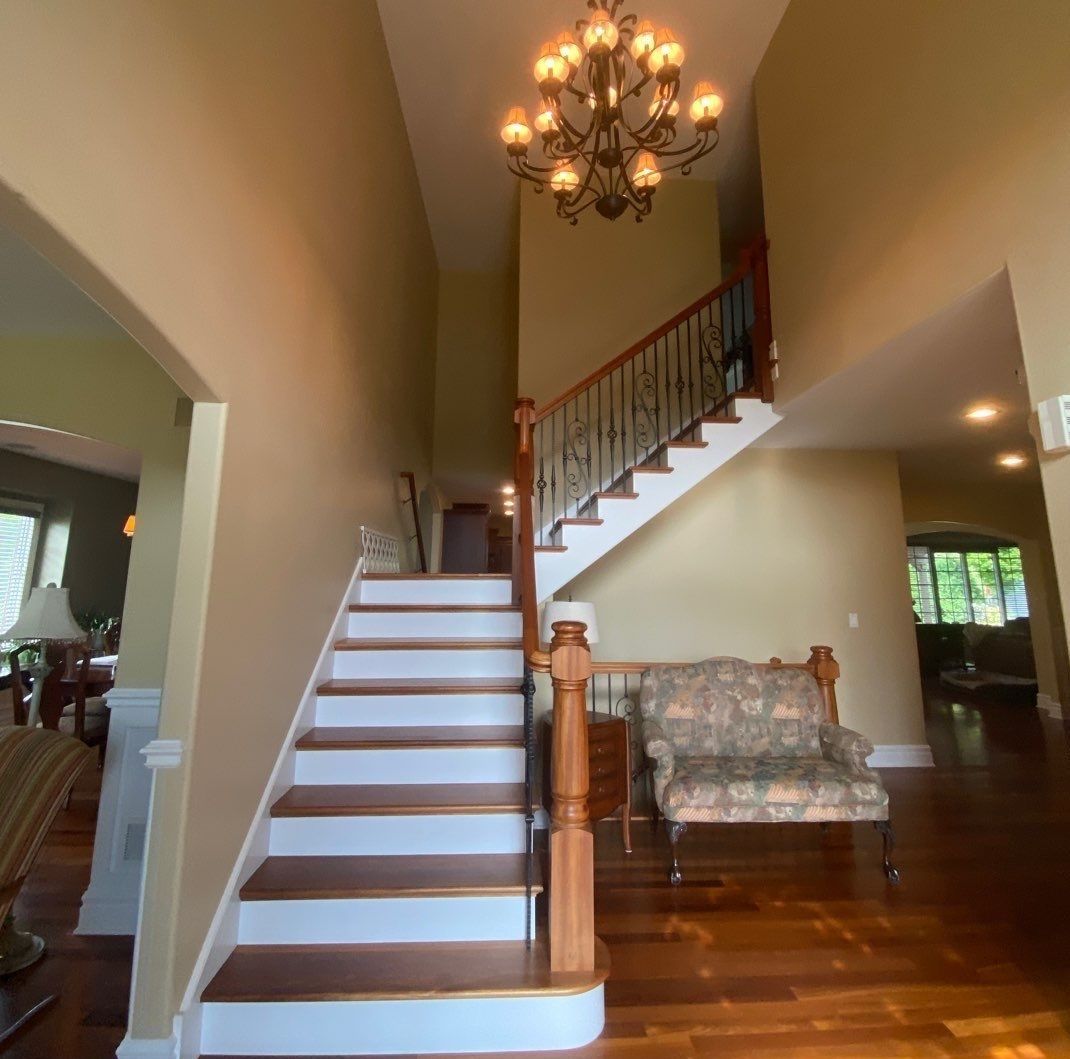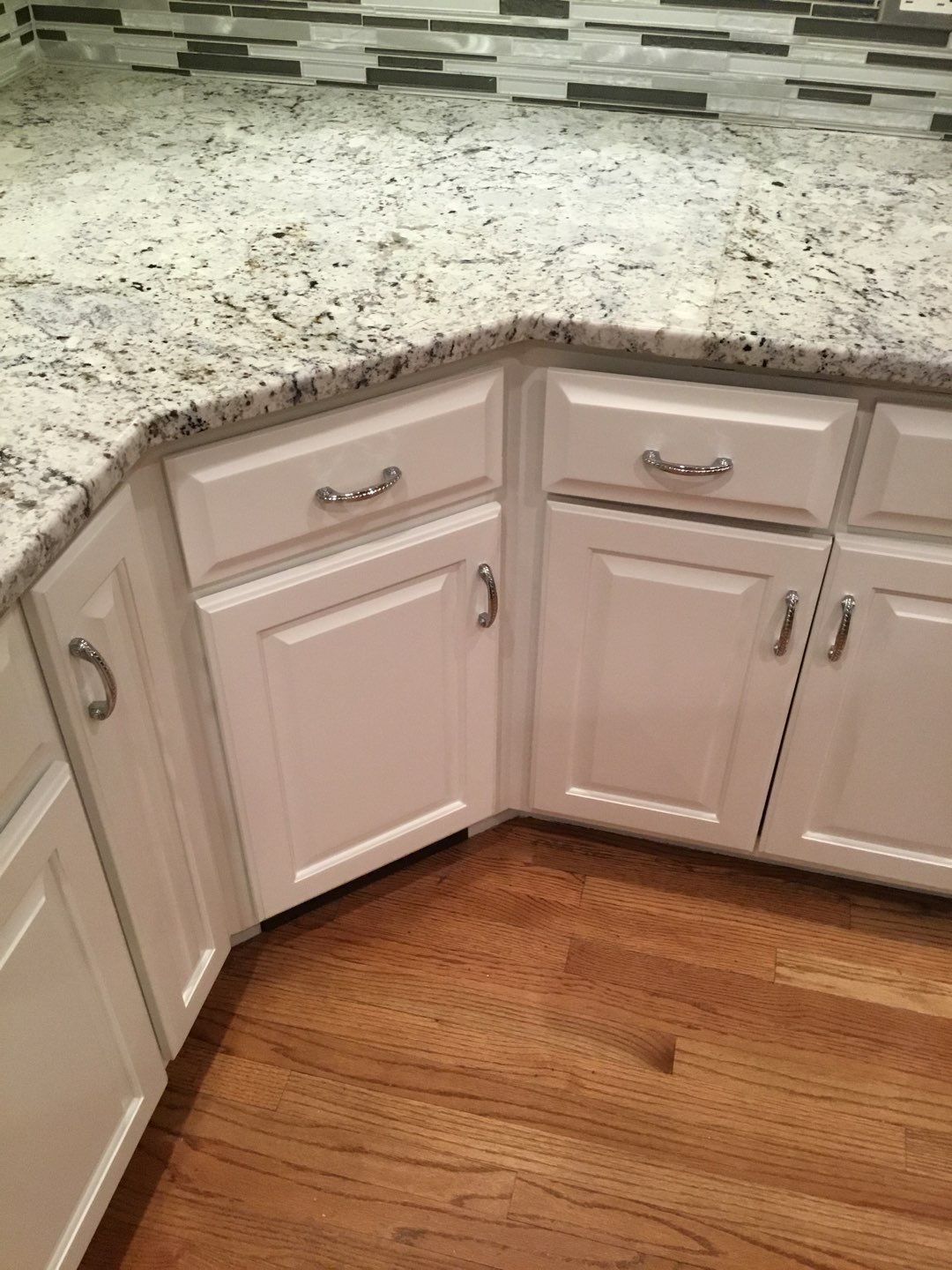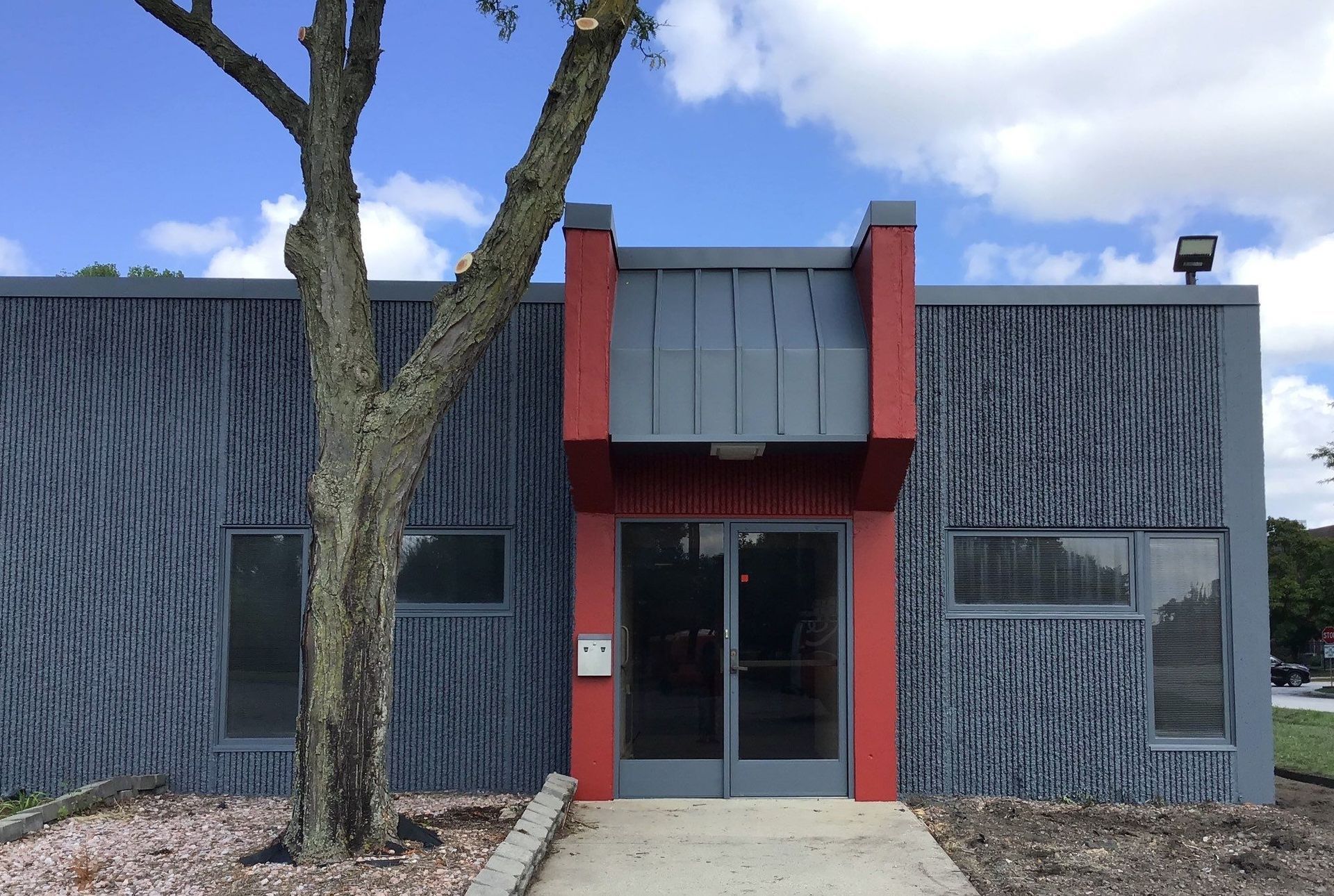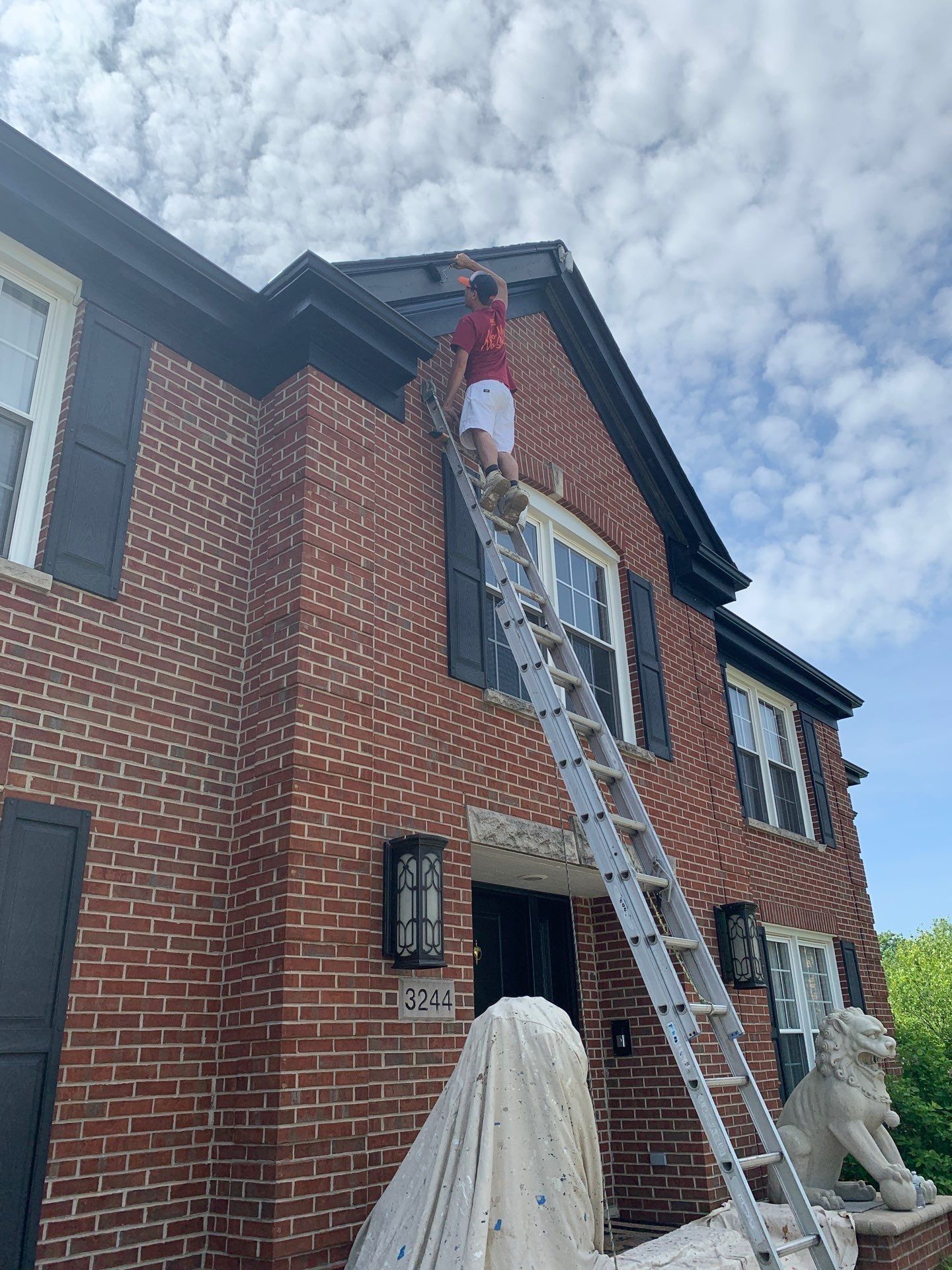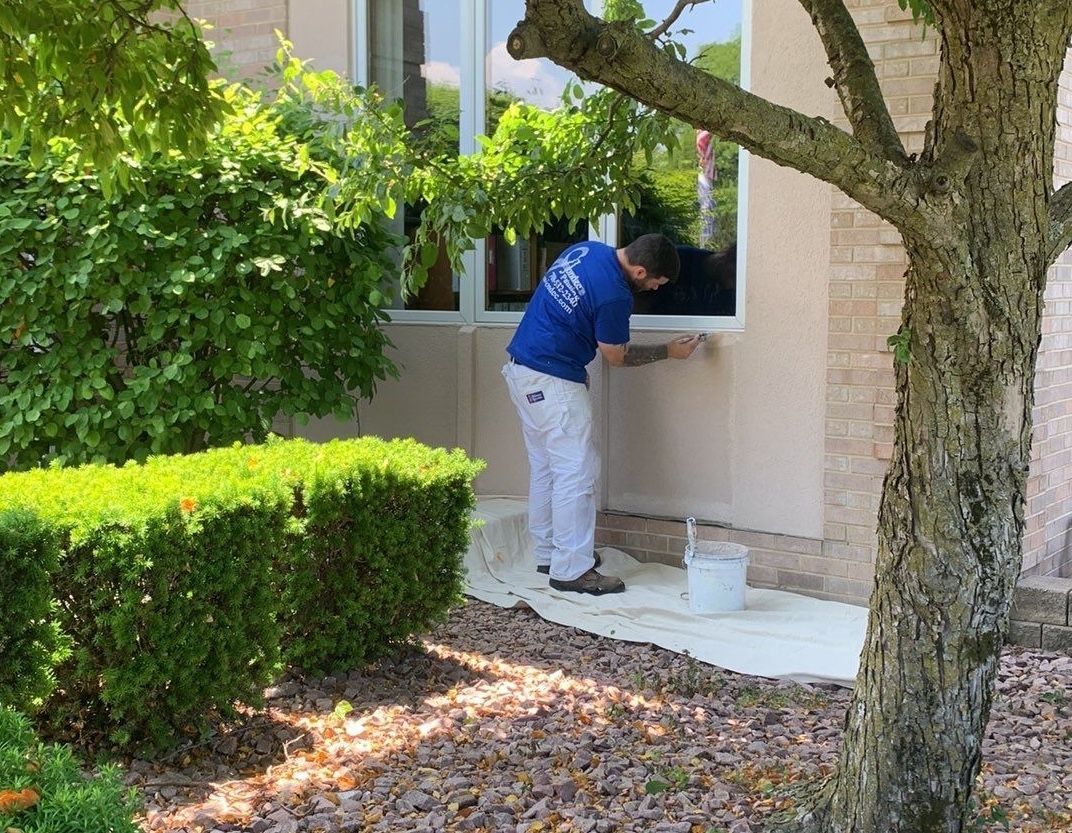What Goes Into the Price of Commercial Painting?
Getting a commercial painting estimate can feel a little like trying to order from a fancy restaurant without prices on the menu… you know it’ll be more than a burger and fries, but what exactly are you paying for?
The truth is, the cost of commercial painting isn’t just “paint plus labor.” It’s a blend of factors that vary from project to project, and understanding them can help you budget wisely, compare bids fairly, and avoid those “Wait, how much?!” moments.
Size and Scope of the Project
When it comes to commercial painting, size really does matter. A small boutique with a few hundred square feet of wall space is a completely different ballgame than a multi-story office building or warehouse.
Square Footage & Surface Area
More surface area means more paint, more prep time, and more labor hours. It’s not just about the walls. Ceilings, trim, and special features all add to the total.
Complexity of Architecture
A simple, open floor plan is faster and less costly to paint than a building with intricate trim, multiple accent walls, or hard-to-reach corners. Every added detail means extra time and precision.
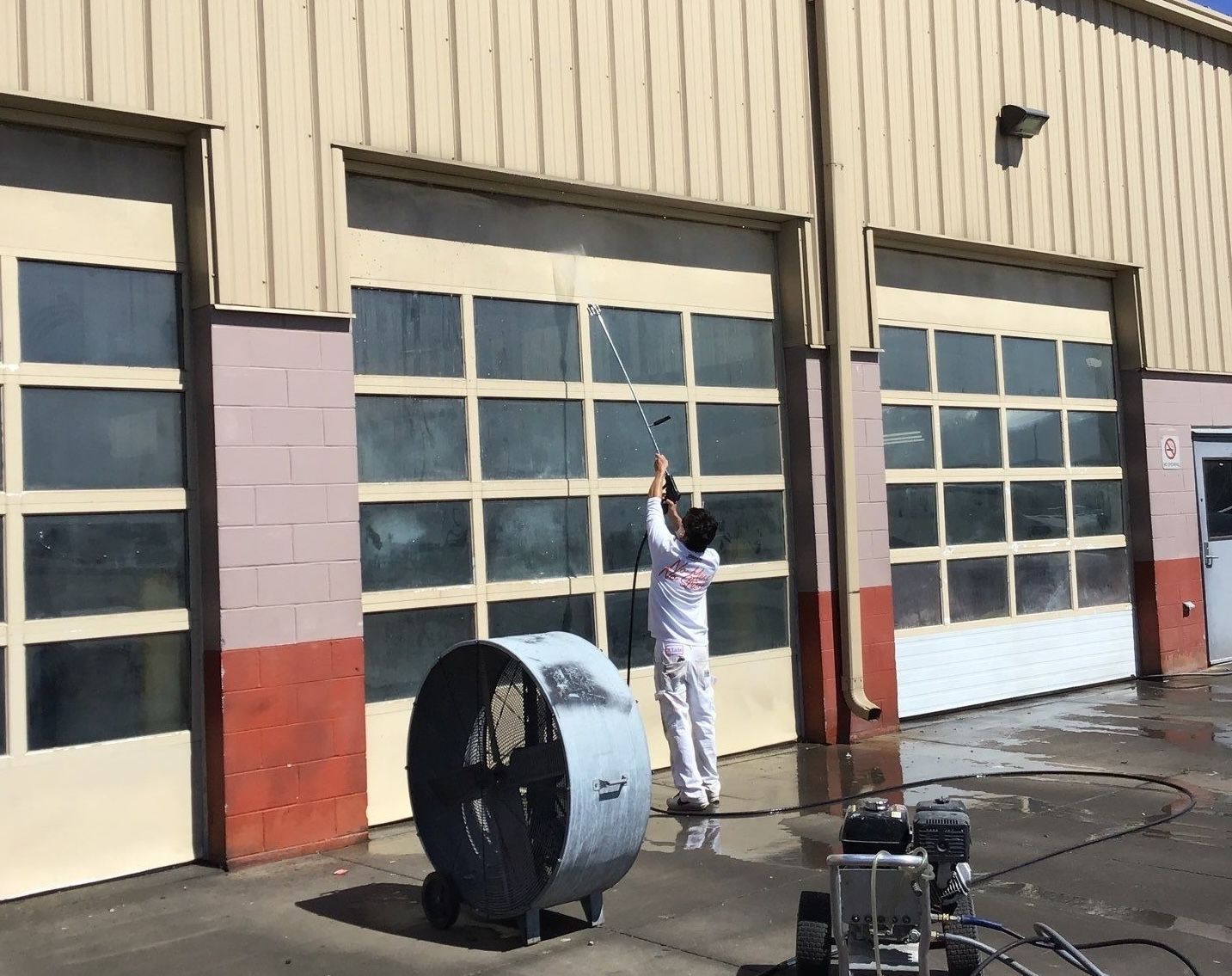
Surface Preparation: The Hidden Time Sink
Surface prep is the unsung hero of a lasting paint job. You might not see the hours spent cleaning, sanding, patching, and priming, but you will see the results if those steps are skipped, and you probably won’t like them.
- Cleaning. Dust, grease, or residue can prevent paint from sticking properly. In some commercial settings, like kitchens or manufacturing plants, surfaces need deep cleaning before painting can begin.
- Repairs & Patching. Cracks, dents, and damaged drywall have to be fixed first. Skipping this step means the flaws will show through your fresh paint.
- Priming. Certain surfaces, especially bare drywall, metal, or wood, require primer for proper adhesion and coverage. This adds time and material cost but ensures the paint job lasts.
Type and Quality of Paint
Not all paints are created equal, and commercial jobs often demand more durable options.
- Commercial-Grade Paints. These paints are formulated to withstand heavy traffic, frequent cleaning, and specific environmental conditions. They typically cost more than standard residential paints, but they last longer and perform better.
- Specialty Coatings. Some industries require moisture-resistant, antimicrobial, or fire-retardant coatings. These specialized products come at a premium but are essential for safety and compliance.
- Finish Choices. Glossy finishes are easier to clean but may highlight imperfections. Matte finishes hide flaws but can be harder to maintain. Satin often strikes the best balance, but each finish type can influence cost.
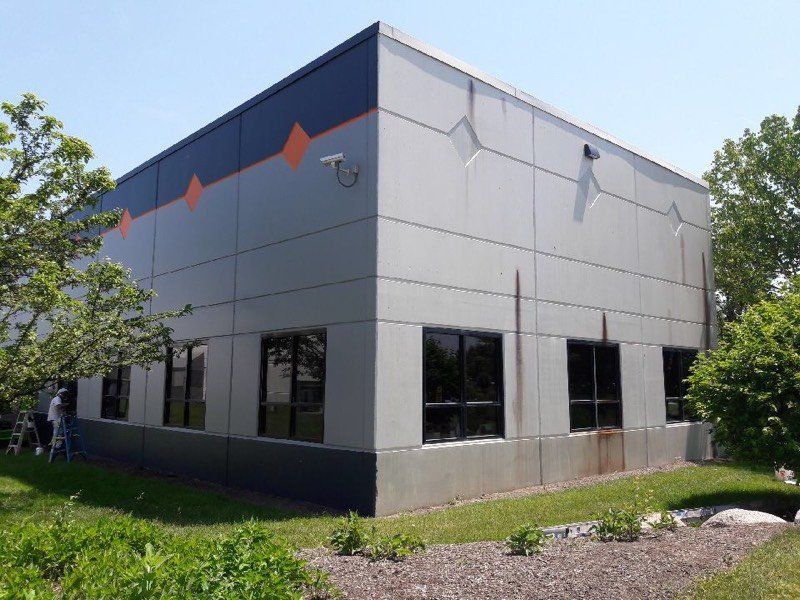
Labor and Crew Size
The crew painting your building isn’t just rolling color onto walls, they’re managing logistics, ensuring safety, and delivering a professional finish.
- Experience & Skill. Highly trained crews work efficiently and produce a cleaner, longer-lasting result. That expertise is part of what you’re paying for.
- Crew Size. A bigger crew can complete large projects faster, which may reduce overall labor hours but increase the daily cost.
- After-Hours Work. If painting needs to happen outside of regular business hours to avoid disruption, overtime rates can apply.
Equipment and Access
The bigger and more complex the building, the more equipment it takes to paint it safely and efficiently.
- Lifts & Scaffolding. Multi-story buildings often require lifts or scaffolding, which can add rental and setup costs.
- Special Access Solutions. Tight spaces, high ceilings, or unusual architectural features sometimes call for custom access solutions.
- Safety Compliance. Commercial painting crews must meet OSHA safety requirements, which can mean specialized gear and training, an important investment in everyone’s well-being.
Scheduling and Deadlines
- Tight Timelines. Need it done yesterday? Expedited schedules often require more crew members or longer hours, which raises costs.
- Flexibility Saves. If your timeline is flexible, you may be able to schedule the job during a slower period for the contractor, which can sometimes reduce costs.
Special Considerations
And finally, there are all the other special considerations. Every commercial project has unique variables that can impact cost:
- Weather: For exterior projects, rain, wind, or extreme temperatures can delay work and extend the schedule.
- Historical Buildings: Special care and compliance with preservation guidelines can increase labor and materials cost.
- Environmental Regulations: Some municipalities require low-VOC or other eco-friendly paints, which may cost more.
When to Get a Professional Estimate
Because there are so many moving parts, ballpark guesses can be misleading. A detailed, written estimate from a professional will break down materials, labor, prep work, and any special requirements so you know exactly where your money is going. It’s also the best way to compare bids apples-to-apples.
A word from Jondec Painting
We’ve been turning “mystery math” into clear, no-surprise estimates for Chicago-area businesses for over 30 years. Our team doesn’t just quote a number, we explain the “why” behind it, so you can make confident decisions. Think of it as the difference between guessing the price of a sandwich and seeing the full menu… with the sides and drink included. We’re ready to hear from you!
Final Thoughts
The price of a commercial painting project reflects much more than just “how many walls need paint.” It’s a combination of preparation, quality materials, skilled labor, and the logistics required to get the job done safely and efficiently. By understanding the factors at play, you can budget accurately, choose the right contractor, and ensure your investment pays off with a finish that lasts.
Frequently Asked Questions
Q: Why can’t you just give me a cost per square foot?
A: Because each job has different prep needs, paint types, and access requirements, a simple per-square-foot number wouldn’t be accurate.
Q: Will my business need to close during painting?
A: Not necessarily. Many commercial painters work after hours or in sections to keep your operations running.
Q: Is commercial paint more expensive than residential paint?
A: Often yes, but for good reason—it’s formulated to withstand heavier use and more frequent cleaning.
Share
Let's Talk Paint!
